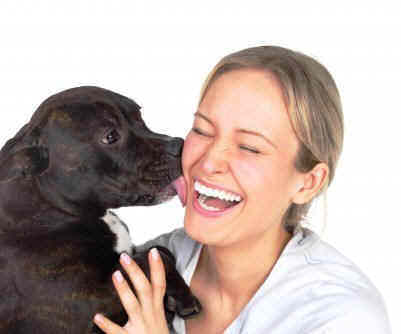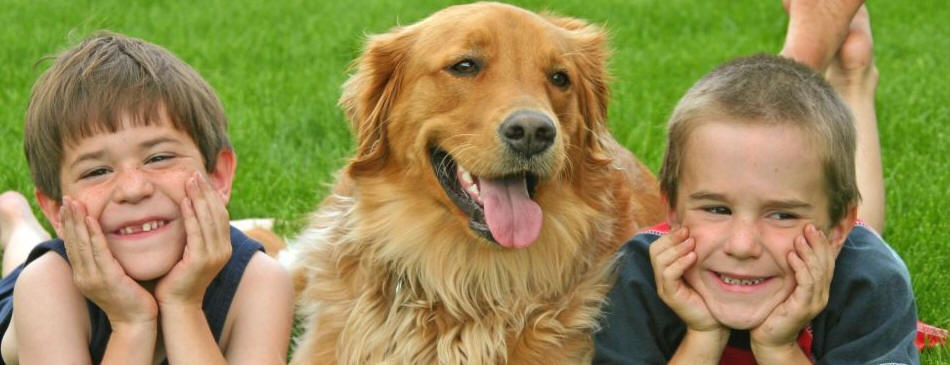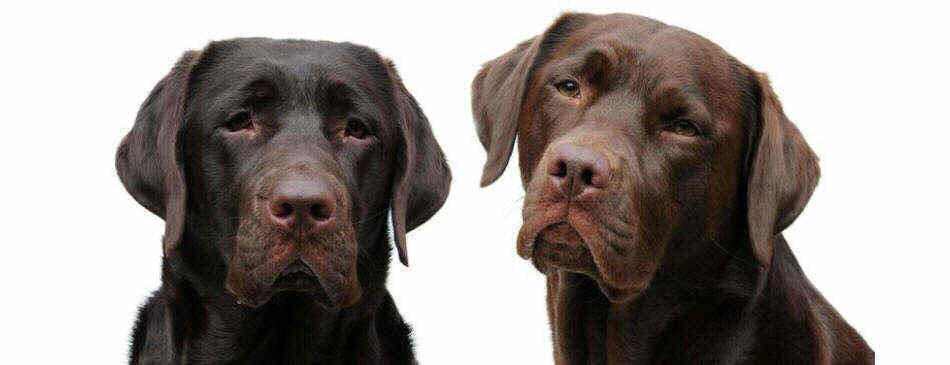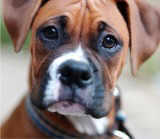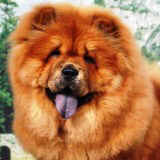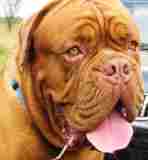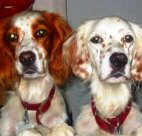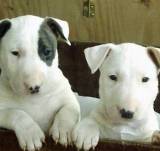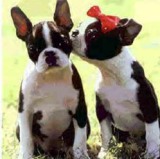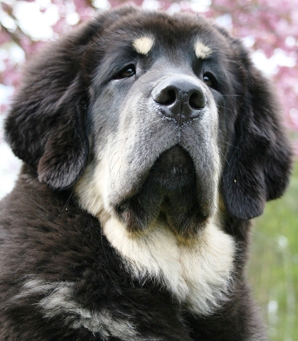|
An impressively large dog with noble bearing, the Tibetan Mastiff is an
aloof and watchful guardian breed. They possess a solemn but kind
expression, with an immense double coat it can be black, brown and
blue/grey, with or without tan markings, and various shades of gold.
Although seen in shows in the United States today, they may not
enjoy participating in organized activities such as obedience or
agility due to their highly independent natures. The origins of the
Tibetan Mastiff are somewhat murky, but earliest written accounts
place a large dog around 1100 BC in China. The breed remained
isolated in the Himalayan mountains, where it developed into the
Tibetan Mastiff we know today. Primarily a family and property
guardian, the breed was traditionally kept confined during the day,
then let loose at night. They were left behind to guard the tents
and families when the flocks were moved to higher pasture. The
Tibetan Mastiff was introduced in England in the mid-1800s, when one
was sent to Queen Victoria. One hundred years later two of these
dogs were sent to President Eisenhower. The breed was registered
with the AKC in 2005.
General Appearance
The Tibetan Mastiff is a powerful dog with a sturdy bone structure.
It is a very large dog with a broad, massive head and a heavy,
dense, medium-length coat. The bear-like head is wedged-shaped with
a wide, blunt muzzle. The upper lip usually covers the lower lip.
The nose is large and generally black. The teeth form a scissors or
level bite. The v-shaped, thick-leathered ears hang down. Mature
dogs, particularly males, tend to have moderate dewlap. The body is
slightly longer than tall and the legs are heavy-boned and powerful.
Marco Polo described it as "tall as a donkey with a voice as
powerful as that of a lion." The muzzle is lighter than that of the
English Mastiff, with an extremely strong jaw. Rear dewclaws should
be removed, but front dewclaw removal is optional. The coat forms a
heavy ruff around the neck. The hair on the head is short. The
plumed tail curls over the back in Spitz fashion. The Tibetan
Mastiff is usually black, sometimes with gold or tan markings,
though he may also come in chocolate, blue & tan, sable, gold,
cream, or red, with or without tan markings. Some also have white
markings.
Temperament
Fearless and protective, yet patient and gentle, the Tibetan Mastiff
is a dog that makes a fine family pet for those with the confidence
and experience to handle him. Best suited to more experienced dog
owners, the Tibetan Mastiff is a loyal, devoted, and reliable
creature. He definitely has a mind of his own, and is alert,
confident, and self-reliant. He is also highly intelligent and very
quick to learn. These dogs are fierce family protectors, whilst
remaining patient and docile with their loved ones. The Tibetan
Mastiff needs an owner that has the confidence and assertiveness to
handle him properly, with consistent and positive training. Early
training and socialization is recommended with the Tibetan Mastiff
to promote stability in his temperament. The Tibetan Mastiff is a
large dog and does need a fair amount of exercise to keep fit and
healthy, although he is not an overly active dog. He is and agile
climber and jumper, and this means that he will need a safe, secure
- and large - area in which to play and exercise when not on a
leash. They can be keen on the sound of their own voices too, not to
mention being dedicated diggers in some cases. The Tibetan Mastiff
can be very cautious around strangers until he has determined who
can be trusted and who cannot. They can be good with other pets, but
again early socialization is important, particularly with outside
pets. He is a little on the large side for very small children, but
does get along well with gentle, older kids.
Grooming
The Tibetan Mastiff has very little dog odor, but does blow his
undercoat once a year making grooming a chore. Regular brushing
should be performed during this stage. Weekly brushing otherwise
should be sufficient.
Health Problems and Life Expectancy
For a large/giant sized dog, the Tibetan Mastiff has a relatively
long life expectancy of 10-14 years. There are a number of health
issues to look out for with this breed, and this includes thyroid
problems, HD, heart problems, eye disorders, allergies, autoimmune
problems, and sensitivity to chemicals and drugs.
Activity Level
Tibetan Mastiffs should always have regular exercise, but it should
be regulated as too much can cause problems with the joints due to
his size. Regular walks should be sufficient, but he should have at
least a medium sized yard.
|
